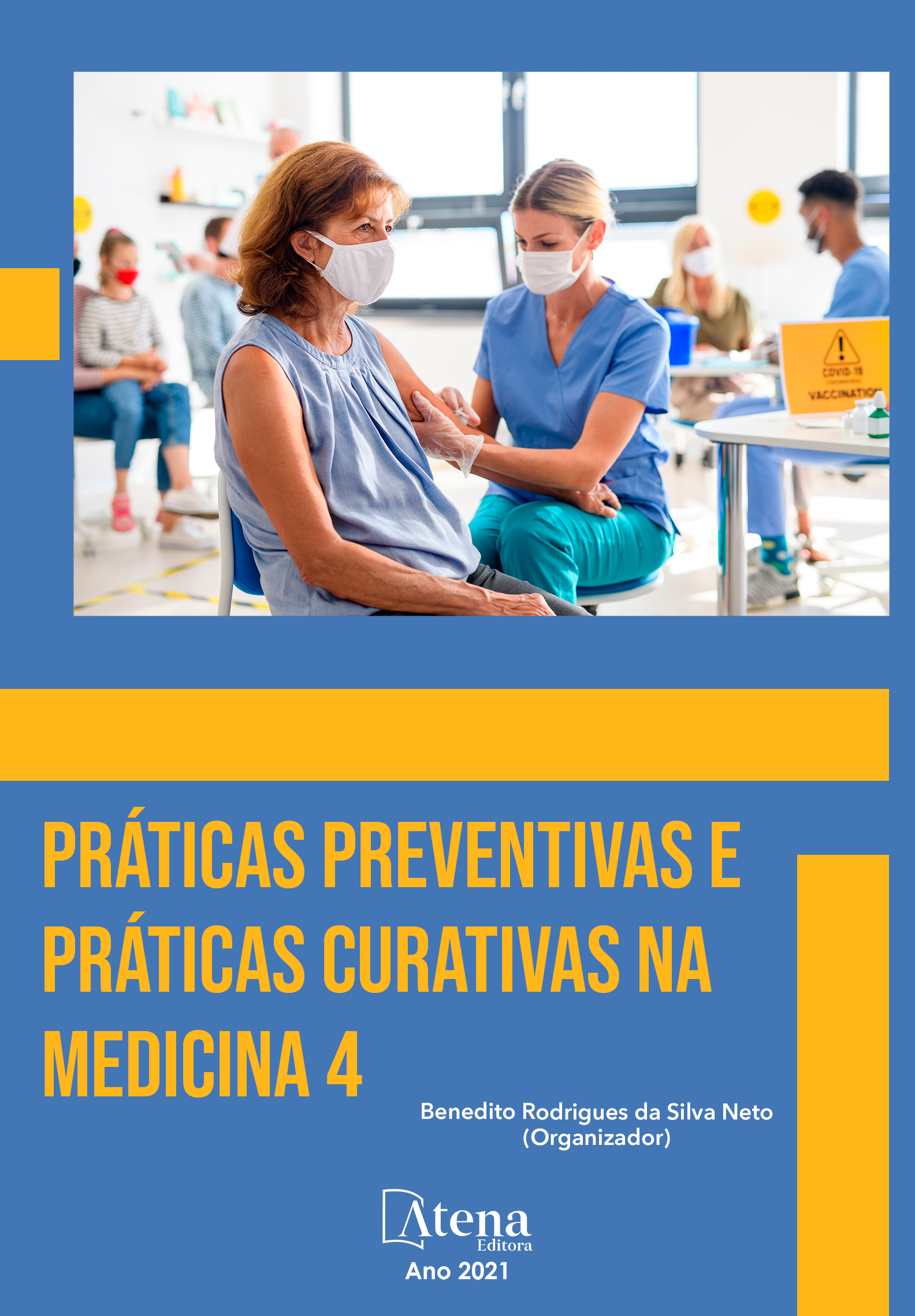
GEMELARES COM RAQUITISMO: RELATO DE CASO
Objetivo: relatar um caso de gemelares diagnosticadas com raquitismo. Relato de caso: As investigações iniciaram aos 12 meses de idade, quando a mãe das pacientes gemelares procurou ajuda médica relatando regressão gradual do desenvolvimento neuropsicomotor, como dificuldade em engatinhar e sentar sem apoio, além de observar as pernas levemente arqueadas. Durante e após o pré-natal, a mãe foi orientada a fazer uso de vitamina D. Apesar de não obter diagnóstico inicial, a gêmeas realizaram diversas sessões de fisioterapia com objetivo de melhorar a deambulação, a partir dos 19 meses de idade. Ao apresentar resultados positivos, a gêmea 1 obteve diagnóstico de Raquitismo ativo (E.55.0 pelo CID 10) aos sete anos, com indicação cirúrgica para correção dos membros inferiores. Após diagnóstico da gêmea 1, a gêmea 2 iniciou o tratamento utilizando bota ortopédica no período de dois anos e meio. Aos nove anos de idade, recebeu o diagnóstico e a confirmação de raquitismo gemelar, sendo submetida ao procedimento cirúrgico, com objetivo de corrigir as pernas arqueadas. As pacientes seguem em tratamento, fazendo uso de Alendronato de sódio 70mg, duas vezes por semana, além de exposição ao sol todos os dias por aproximadamente 20 minutos, no período matutino. O tratamento cirúrgico e farmacológico permite ao paciente realizar suas atividades tanto intelectivas quanto físicas. Dessa forma, é possível observar se há realmente um bom prognóstico. As correções de deformidades, após procedimento cirúrgico, oferecem uma recuperação funcional dos membros inferiores e melhora da autoestima do paciente, proporcionando um melhor convívio social. Considerações: Além da importância do diagnóstico precoce, o tratamento é fundamental para solução da patologia.
GEMELARES COM RAQUITISMO: RELATO DE CASO
-
DOI: 10.22533/at.ed.63221010312
-
Palavras-chave: Raquitismo. Gemelares. Vitamina D.
-
Keywords: Rickets. Twins. Vitamin D.
-
Abstract:
Objective: to report a case of twins diagnosed with rickets. Case report: Investigations started at 12 months of age, when the mother of twin patients sought medical help reporting a gradual regression of neuropsychomotor development, such as difficulty crawling and sitting without support, in addition to observing slightly arched legs. During and after prenatal care, the mother was instructed to use vitamin D. Despite not obtaining an initial diagnosis, the twins underwent several physiotherapy sessions in order to improve walking, from 19 months of age. When presenting positive results, twin 1 was diagnosed with active rickets (E.55.0 by ICD 10) at the age of seven, with surgical indication for correction of the lower limbs. After diagnosis of twin 1, twin 2 started treatment using an orthopedic boot within two and a half years. At the age of nine, she received the diagnosis and confirmation of twin rickets, being submitted to the surgical procedure, with the aim of correcting her arched legs. Patients continue on treatment, using 70mg Alendronate sodium twice a week, in addition to exposure to the sun every day for approximately 20 minutes, in the morning. Surgical and pharmacological treatment allows the patient to perform both intellectual and physical activities. In this way, it is possible to observe whether there is a really good prognosis. Deformity corrections, after a surgical procedure, offer a functional recovery of the lower limbs and an improvement in the patient's self-esteem, providing a better social life. Considerations: In addition to the importance of early diagnosis, treatment is essential for solving the pathology.
-
Número de páginas: 6
- Adriany Soares Arruda
- Endy Layne Guimarães Silva
- Carla Adriana de Souza Oliveira Franco
- Rosanea Meneses de Souza


